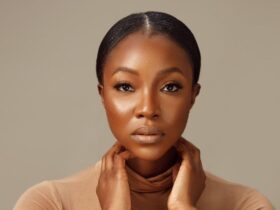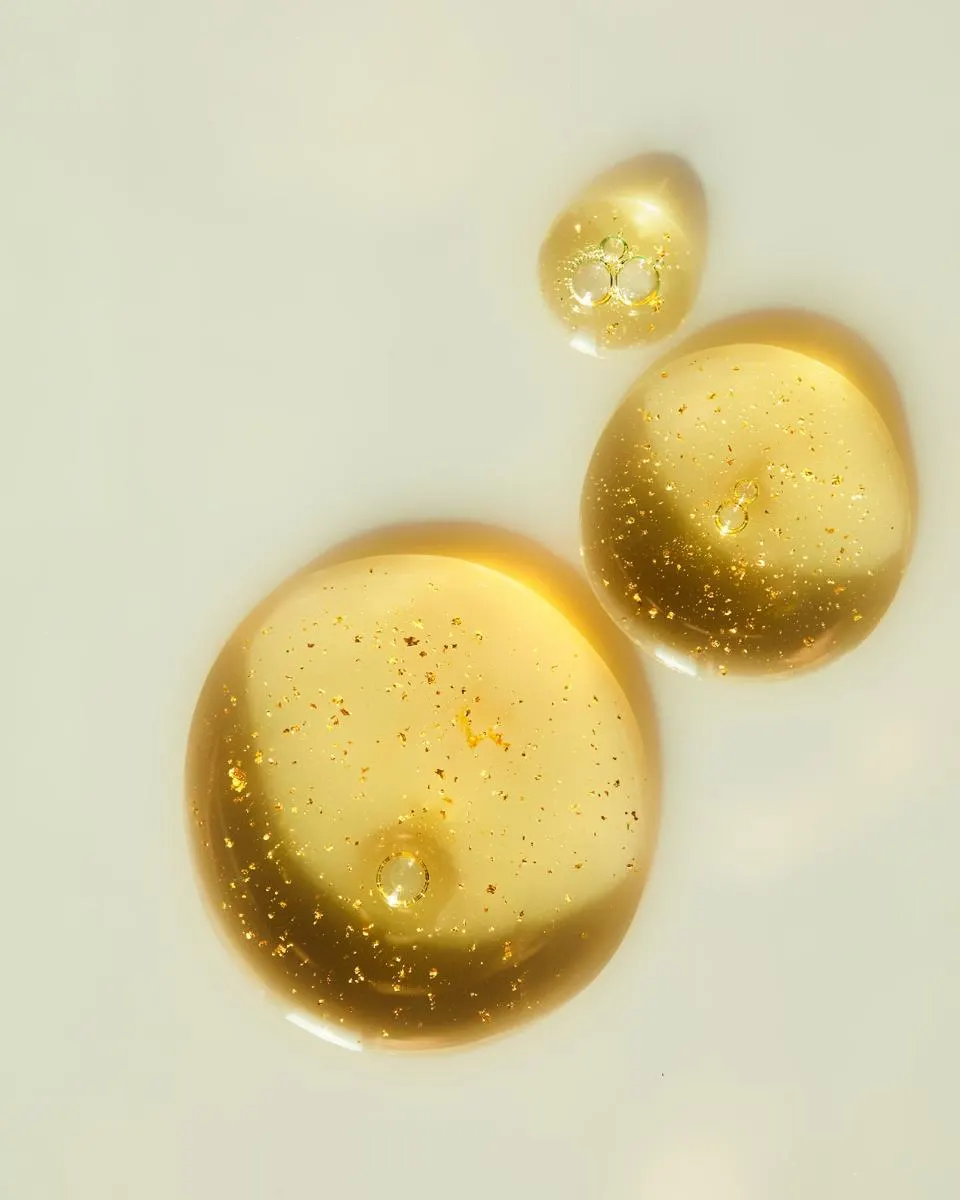 ‘Skin Cycling’ has been a buzzword on the skincare streets of TikTok for a while now. The hashtag currently has over 250 million views.
‘Skin Cycling’ has been a buzzword on the skincare streets of TikTok for a while now. The hashtag currently has over 250 million views.
While this concept is not entirely new, the “skin cycling” routine was popularized by Dr. Whitney Bowe, a New York-based dermatologist.
What is Skin Cycling?
Skin cycling is a skin-care routine that allows for “rest days” during the week so that your skin can repair itself after using certain products.
Basically, it is the concept and practice of alternating active ingredients like retinoids and chemical exfoliants with recovery ingredients like your moisturizers to minimize irritation.
According to Dr. Bowe, she noticed that many people, including those who shared their routines online, were using too many skin care products, or the wrong products for their skin concerns.
She then started spreading the word about skin cycling to help simplify things for everyone.
How Does Skin Cycling Work?
Skin cycling is typically a four-night routine that starts with Exfoliation on the first night, Retinol on the second night, and the third and fourth nights for Recovery.
“This order is important because it staggers how often you are using powerful, potentially irritating ingredients (i.e., exfoliating acids and retinoids), helping to protect your skin barrier.” according to Dr. Bowe.
Night 1 – Exfoliation
On this night, start by cleansing using a gentle face wash. Pat dry and then exfoliate, which takes off the dead skin cells from the surface layer of your skin. It is recommended to use a chemical exfoliant containing AHAs and BHAs as this tends to be less harsh than a physical exfoliant.
Night 2 – Retinol or Retinoids
Retinoids, which help speed up skin cell turnover are one of the most powerful ingredients to include in your skin cycling routine,” Dr. Bowe says.
Again, you’ll want to cleanse your face first and then make sure it’s 100% dry—not even a little damp—before applying the retinoid.“
Retinoids are one of the powerful ingredients to include in your skin cycling routine,” says Bowe. But they also come with a disclaimer: “They can be very irritating when you first introduce them, or if you have sensitive, reactive skin,” she adds. Before applying, be sure to cleanse and pat dry. For those especially sensitive to retinoids, it’s a good idea to first moisturize around sensitive areas, like under your eyes and in the corners of your nose, before putting the retinoid on.
Night 3 & 4 -Recovery
The recovery period on nights 3 and 4 are focused on hydration and moisture. After cleansing, apply any hydrating serums or moisturizers that don’t include active ingredients used on previous nights. Look for fragrance-free products that contain skin-repairing add-ins like hyaluronic acid, glycerin, and ceramides.
Benefits of Skin Cycling
1. It helps reduce irritation symptoms, like redness and peeling from retinol, particularly in people with sensitive skin.
2. It promotes healthier and smoother skin.
3. It can help repair your skin barrier.
4. It promotes skin hydration.
Conclusion
Anyone can try it, but your routine may need to be tailored to your personal needs over time, Dr. Bowe says. “The beauty of skin cycling is that you can adjust your cycling schedule to meet your skin where it is,” she explains.
However, people with certain skin conditions and people who use prescription medications for their skin should always check in with their dermatologist before trying out a new routine. Your doctor will be able to personalize the regimen to best suit your skin, Dr. Bowe says.

















Leave a Reply